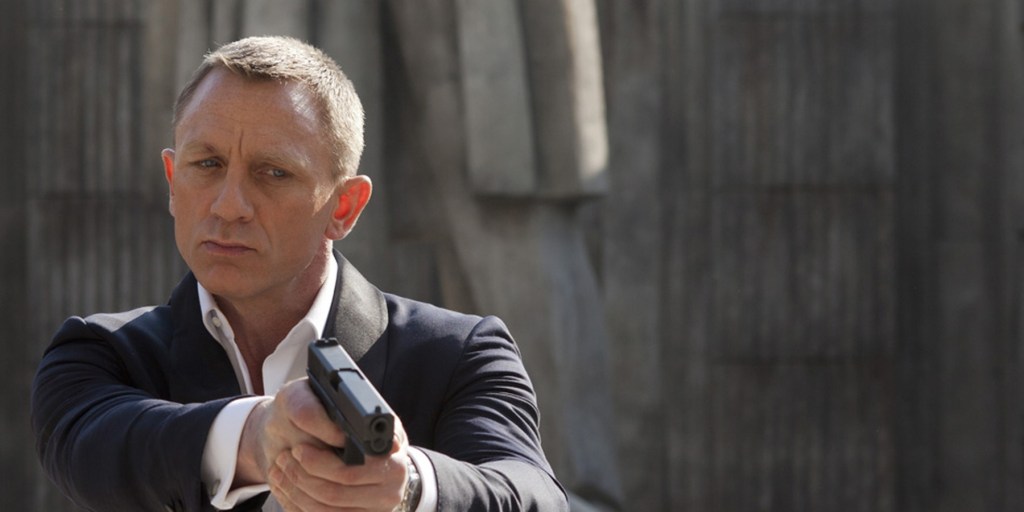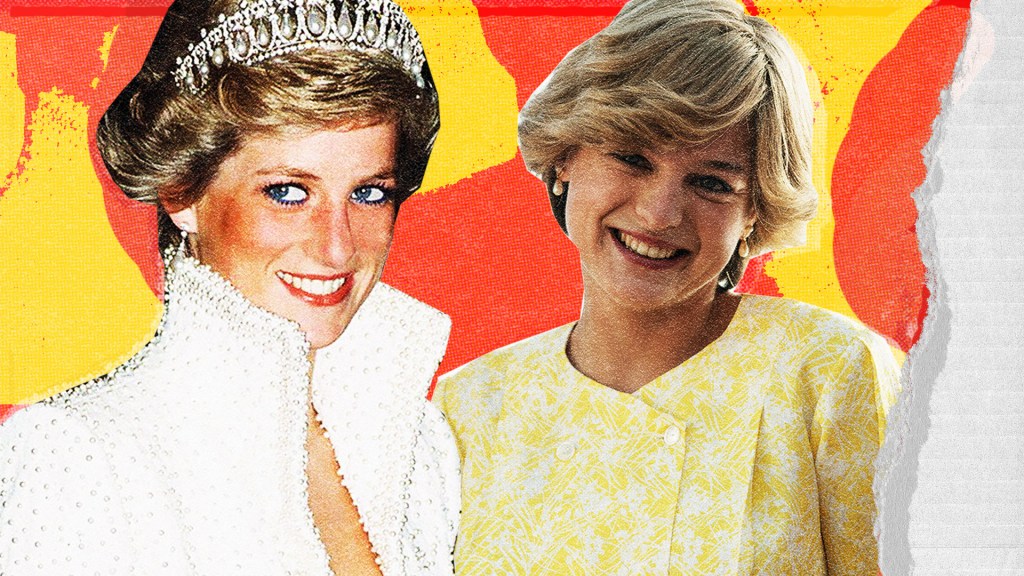Daniel Craig’s the most screen-accurate Bond to date, and he’s been considered one of the best actors to play the role. So why have most of his films seemed so unmemorable? Despite a successful reboot of what had become a stale franchise, maybe audiences underestimated how much they would miss the over-the-top villains, the odd henchmen, the whimsical gadgets, and world-ending plots. All that cheese lended itself to a fantasy world of espionage that made the character so iconic. Basically, everything that made Bond… well, Bond.
As the 22nd James Bond film, Quantum of Solace was one of the most anticipated films of 2008. Fresh off the success of Casino Royale two years prior, Eon Productions greenlit production on the James Bond film with an all-star team attached: seasoned British screenwriters Neal Purvis and Robert Wade, who had wrote the previous three Bond films; Million Dollar Baby and Crash screenwriter Paul Haggis to give the script some polish; and director Marc Forster, known for his award-winning work on Monster’s Ball and Finding Neverland.
Videos by VICE
At the film’s core was Daniel Craig, whose performance in Casino Royale silenced critics who claimed he was too bland, blonde, and ugly to play the role. For the first time since Connery (and even perhaps more so), Bond was finally portrayed as the brutal and cold “anonymous, blunt instrument wielded by a government department” originally envisioned by British author Ian Fleming in 1953. Directed by Martin Campbell—who previously reinvented Bond once before with 1995’s GoldenEye—Casino Royale was the refreshing reboot that the Bond franchise needed, more grounded and believable than many of the ridiculous films that preceded it.
Quantum of Solace was a direct sequel to its predecessor—a first for the franchise that allowed audiences to actually see Bond face the consequences of his actions from one story to the next. But the film was a letdown: Although it made back nearly three times its budget at the box office, the story was a mess, with too much fast-cutting action scenes that caused many critics to compare it unfavorably to the Jason Bourne franchise. “Don’t ever let this happen again to James Bond,” Roger Ebert wrote in his review. “This is a swampy old world. The deeper we sink in, the more we need James Bond to stand above it.”
There are basically two types of Bond film plots: He’s either preventing villains from developing a superweapon, or preventing villainous business magnates from eliminating their competitors to create a monopoly, and Quantum of Solace delivered the latter, with an environmentalist entrepreneur attempting to control South America’s water supply. But with the exception of having James Bond as the main character, there was nothing about it that felt like a Bond film—no gadgets, no glib one-liners, no appearance of John Barry’s theme song until the end credits. In one scene, Bond even trades in his famous Vesper martini for a Heineken.
These hallmarks of the series were also missing from Casino Royale, but whereas that film felt like a deliberate gearshift. Quantum of Solace felt like stalling. Forster later revealed the film’s behind-the-scenes struggles in a 2016 interview with Collider, describing how the 2007–2008 Writers Guild of America strike had forced the film into production without a finished script: “Ultimately I felt like, ‘Okay worst case scenario the strike goes on, I’ll just make it sort of like a 70s revenge movie; very action driven, lots of cuts to hide that there’s a lot of action and a little less story.’” Facing immense pressure to deliver a successful follow-up to Casino Royale, Forster at one point considered dropping out of directing the film altogether.
So the problems with Quantum are somewhat explainable—but they don’t account for Skyfall and Spectre, two subsequent films that mimicked the film’s tone and chaotic structure. Granted, 2012’s Skyfall was a vast improvement on its predecessor; with a staggering $1.1 billion dollar take at the box office, it’s the highest-grossing film in the series and the highest-grossing movie worldwide for both Sony Pictures and MGM. It has all the ingredients of a great Bond film: an emotionally and physically scarred supervillain (a Javier Bardem performance that resulted in one of the all-time best Bond characters), explosive fight scenes across beautiful locales, and even the return of the Aston Martin DB5 first seen in 1964’s Goldfinger (complete with the original license plate, BMT 216A).
Too bad the film’s plot doesn’t make any sense. Bond resents M for ordering Moneypenny to shoot a mercenary he was fighting atop a train—a bullet that hit Bond instead and led to the release of a stolen hard drive containing the identities of undercover agents around the world. Instead of trying to prevent the inevitable fallout from the drive’s info getting out, Bond retires on a beach, only returning to London after an MI6 bombing. The biggest lead in finding the mastermind behind the attack comes in the form of bullet shrapnel from the aforementioned mercenary, which Bond has buried in his shoulder—evidence that could’ve been useful weeks ago had he not chosen to play dead.
He fails all the necessary physical and psych tests to continue serving as an agent, but M approves his return to the field anyway. (She’s also under scrutiny from her higher-ups due to Bond’s radical behavior in Casino Royale and Quantum.) A hitman in Shanghai leads Bond to a poker chip, which leads to a casino in Macau, which leads to Bond seducing a former sex slave, which leads to meeting cyberterrorist mastermind Raoul Silva (Javier Bardem), who was also betrayed by M years ago and is captured by Bond as a ploy to kill her.
But for all his cyberterrorism knowledge, Silva’s big plan is to simply shoot at M in Parliament. Bond helps repel the attack and takes M to Skyfall Lodge, his family estate in the Scottish Highlands, where Bond and the groundskeeper (Albert Finney) prep Home Alone–style booby traps for Silva and his approaching army.
The plan ultimately fails and M is killed, which begs a few questions: Why is a remote mansion, perfect for an ambush and with no available backup, where Bond decides to hide M? Why aren’t a hundred Royal Marines waiting to stop him at Skyfall? Couldn’t Bond have let M out of the car at any town along the way to have her lay low for a few days? And since when did James Bond suddenly have seemingly deep-seated issues that compelled him to return to his childhood home?
For 2015’s Spectre, Eon Productions seemed to realize that audiences were getting tired of the grim cheerlessness of the recent Bond films, and these movies—essentially sequels to Casino Royale—had to lead somewhere. So they paid tribute to the character’s legacy by throwing in tropes, like a relentless muscleman henchman similar to Oddjob or Jaws (Mr. Hinx, played by Dave Bautista), a visit to Q’s lab for new gadgets (and see the ones he’s not allowed to touch), an Aston Martin chase through the streets of Rome, and plenty of visual gags and one-liners.
Christoph Waltz played Bond’s most infamous nemesis, Ernst Stavro Blofeld, “the architect of all [Bond’s] pain”; he’s the head of Spectre, the iconic shadowy international organization that every villain from each of the previous Craig films is revealed to have been agents of, forcing Bond to prevent a plot that would see a Skynet-like surveillance and intelligence program taking over. Spectre intended to wrap everything up and create a similar universe to Marvel and the Fast and the Furious franchise, but the film’s fan service felt gimmicky. Waltz, although captivating while playing the villain in other films, doesn’t exude the same fearsome quality when pitted against Craig’s taller, stronger, and more physically menacing Bond.
Spectre’s big twist is that Bond and Blofeld are essentially brothers, raised by a man who Blofeld killed before creating an empire meant to make Bond’s life miserable. With a backstory casting Bond as a wealthy orphan who becomes a crime-fighting detective that goes up against outlandish villains, Daniel Craig’s Bond films at best mirror Christopher Nolan’s Batman trilogy; at worst, Spectre’s reveal is ripped straight out of Goldmember.
Over the decades, the James Bond movies have gotten a lot wrong, from a troubling legacy of racism, sexism, misogyny, stereotypes, and xenophobia to the fact that when women aren’t having sex with Bond, they’re getting tortured and killed. These are the sorts of plot devices that deserve to die a slow death and be left in the past, but at the franchise’s core—and what separates the Bond franchise from countless other mindless action spectacles—is a sense of adventure, danger, elegance, and fun. It’s about the high-tech gadgets and sports cars, the beautiful locations and exciting action sequences, the martinis and witty quips, the unhinged maniacal supervillains and whatever strange method they’re planning on using to take over the world. It’s about hearing James Bond tell people his name and seeing him blow up enemies and escape secret lairs—all while wearing a perfectly pressed tuxedo.
That’s what we want in our Bond films—because as much as Daniel Craig has brought to the character, his movies have left many of the cool parts at the door. Hopefully, the powers that be will remember going forward that that a sense of fun is what makes these films memorable. After all, the man we’ve paid for tickets to see isn’t Jason Bourne or John McClane—the name’s Bond. James Bond.
Follow James Charisma on Twitter.




